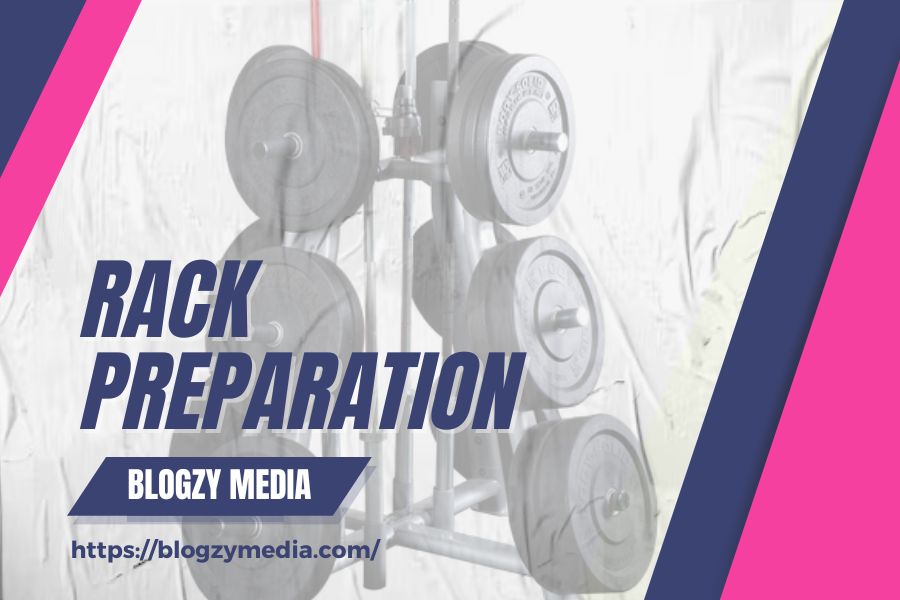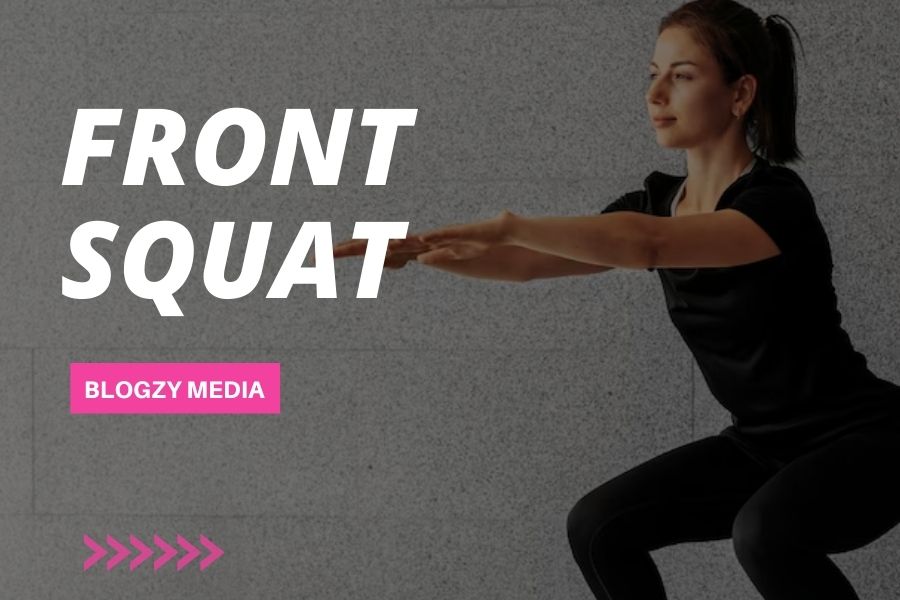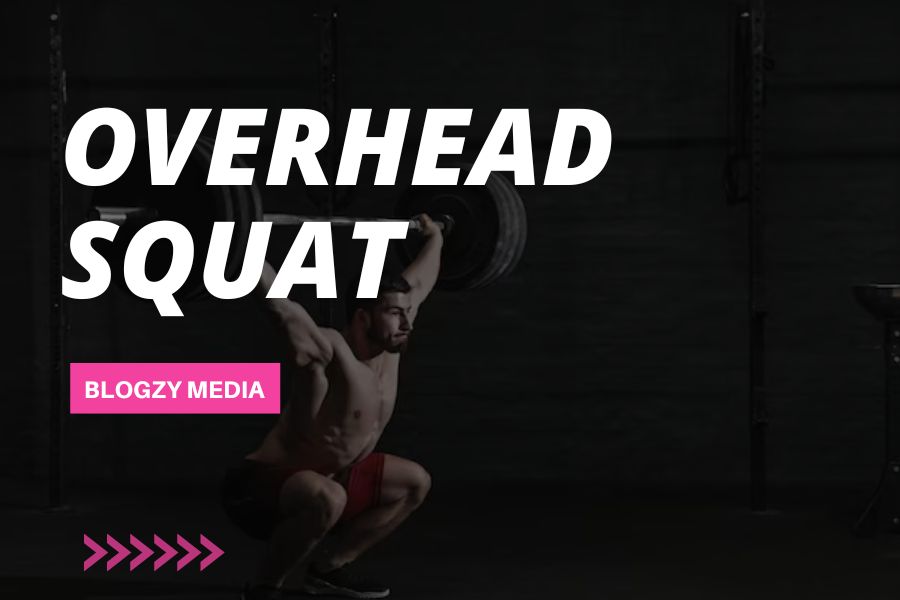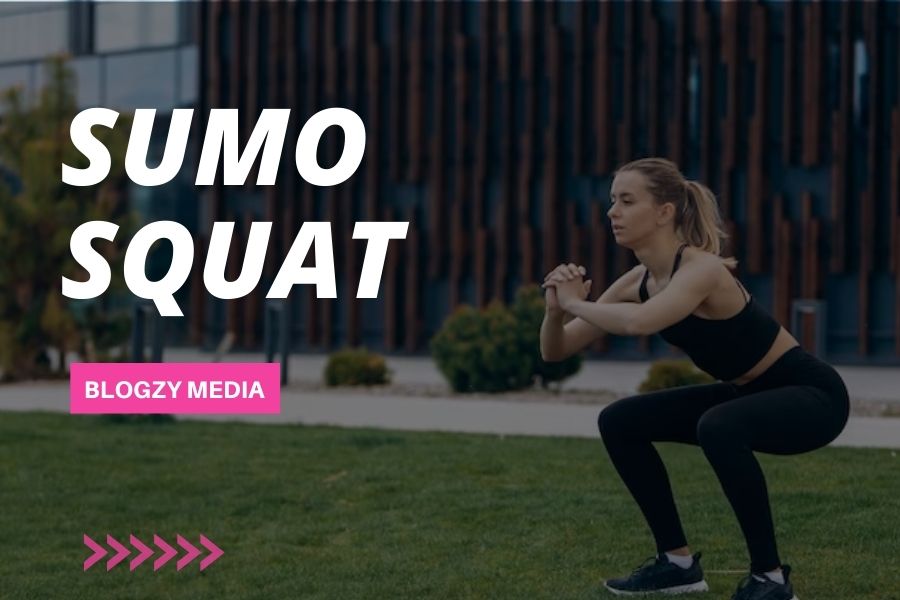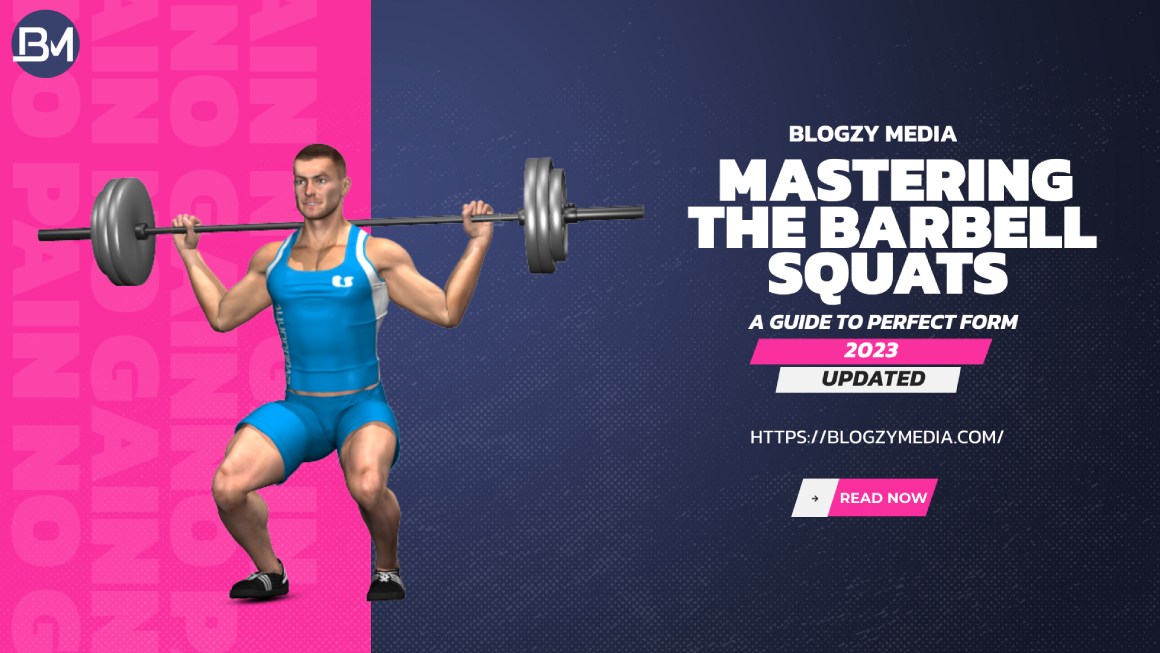
Mastering the Barbell Squat: A Guide to Perfect Form (2025)
Introduction
Squats have all kinds of benefits and we’d advise you not to become that dull seasoned gym rat who keeps doing the same traditional squat every day. Have some variety and try adding barbell squats to your fitness regimen!
These squats are one of the five basic multi-joint exercises. As we tend to grow older, we lose strength and muscle mass and this is where doing these squats comes to our rescue.
In this blog, we’ll explore various ways how you can master this squat variation and achieve its perfect form. We also look into some of the common mistakes that need to be avoided to master their best form.
Definition and basic mechanics of the barbell squat
It is one of the best lower body exercises that is also known by the name of ‘king of lifts.’ Concerning the technical definition, this squat is a result of closed kinetic compound movement with the targeted RPE (rate of perceived exertion) anywhere between 5 to 10 on the Modified Borg Dyspnea Scale.
This compound exercise is meant to activate the lower body muscles group, including your glutes, hamstrings, and lower back muscles. Well, it’s a good workout for your upper body also.
There are certain variations for this squat, namely the barbell front squat, back squats, overhead squats, sumo squats, and more with their sub-variations. We’ll explore the depth of these variations in the later sections.
You need to keep some things in mind while doing the barbell squats as follows:
- Keep your knees in line with your toes to prevent unnecessary strain.
- Ensure a neutral posture to safeguard your backbone.
- Instead of lifting massive weights, concentrate on your posture and control.
- Eventually raise the weight as you become more confident and comfortable in your form.
Equipment needed for performing barbell squats
Note: If you’re new to barbell squats, it’s a good idea to start with an empty barbell or light weights to practice your form before adding more weight. And always consult a fitness professional (physically) if you’re unsure about your technique or if you have any underlying medical conditions.
In terms of equipment, you need a squat rack with the proper hook placement and a barbell to do squats. Then, you also need to put safety bars on the rack.
Some other crucial equipment you need are weight plates that you add to the barbell, weight collars (to secure the weight plates), gym shoes, appropriate clothing, and spotters (optional). Then, some lifters also prefer to use a bench or a platform to elevate their feet slightly. This can help with balance and flexibility, especially if you’re performing low-bar squats.
Proper form and technique for executing a barbell squat
This squat is mostly focused on the front squats. Without any further ado, let’s unbreak this technique into the simple steps listed below.
Step 1: Rack Preparation
To set yourself up for a successful barbell squat session, pay attention to your hook placement and safety bars on the squat rack. Position the J-hook’s pin just below shoulder height, so you don’t have to tiptoe to unhook the bar.
Set them at your squat’s lowest point. Test it out with a few weightless squats to make sure it’s right. With your hooks and bars in place, load up the bar with weight plates and secure them with collars.
Step 2: Bar unracking
Now, it’s time to unrack the bar for barbell squats where you can experiment with different body positions and make modifications as needed. Position yourself at the rack, resting the bar on the upper chest’s meaty area, close but not touching the neck.
Grasp the bar with a shoulder-width grip, positioning fingers around and beneath it to allow elbows to lift forward and away from the body. If wrist flexibility is limited, use two fingers (forefinger and middle finger).
Inflate your pectoral muscles to relieve finger pressure, as the chest, not the fingers, supports the bar. Maintain an upright spine and raised chest while unracking the bar and stepping back from the rack. Position your feet with your toes pointed outward and barely wider than your hips.
Step 3: Do a barbell front squat
Make sure you stay properly in the upright position while doing the front squat. Ensure your heels stay straight on the ground, you shouldn’t shift forward or backward, and your weight should be focused on the middle of the feet.
Descend into a deep barbell squat, allowing your hamstrings to almost touch your calves at the lowest point. Maintain elevated elbows at bar height, if feasible, and a vertical chest to prevent bar rolling. Revert the squat gradually, synchronously extending hips and knees. Persist until returning to the initial stance.
Step 4: Bar re-racking
After completing barbell squats, proceed to re-rack the barbell. Move forward aligning the J-hooks with your shoulders, maintaining raised elbows. Inhale deeply, expand your chest and gently press the bar upward into the J-hooks. Step back and distance yourself from the barbell.
Muscles targeted by barbell squats
Undoubtedly, squats target lower body muscles. So, we’ll explore what primary and secondary muscles are being worked on during this exercise.
During these squats, the core muscles stabilize the spine and keep you upright. They provide overall stability, preventing excessive forward or backward leaning.
The glutes, also primary muscles, are heavily engaged as you rise from the squatting position. They drive hip extension and contribute to lifting the body.
The hamstrings, acting as secondary muscles, work to control the descent of the squat and aid in bending the knees. They provide balance and assist the primary muscles in maintaining control.
When you squat, your quadriceps are active both during descent and ascent. Knee extension and lifting the body are both performed by them.
In summary, the core and quadriceps are primary muscles in barbell squats, while the glutes and hamstrings serve as secondary muscles, collectively enabling a balanced and effective squatting motion.
There are many more muscles involved in the secondary capacity during this full-body exercise. So, some other muscles that work are the muscles prevailing in and out of your thighs and hips, the upper body muscles that support weight, and so on.
Variations of barbell squats
Back Squat
Mastering the art of barbell back squats requires a few key steps. Begin by adjusting the barbell to a suitable height and adding your desired weight. Stand beneath it, ensuring your feet are shoulder-width apart.
Put the bar on your upper back muscles to make it more comfortable.
Employ a wide grip for stability, then bend your knees and straighten your back, lifting the bar off the rack.
Maintain a straight back and lifted gaze as you rise, taking a controlled step back for balance. Lower your body while facing forward, avoiding leaning – descend with your buttocks out and down, aiming for parallel thighs to the floor.
Ensure your knees don’t lock at the top by gradually ascending through your heels. Barbell back squats are effective when you repeat this fluid motion.
Front Squat
First, take a fortifying breath, engage your core, and refine your posture by retracting your shoulder blades. As you progress, sit your hips back and gracefully lower into the barbell squat, all while elevating your chest and maintaining upright elbows.
Summon your strength and power through your midfoot, propelling yourself upwards – envision pushing the very ground beneath you. In this symphony of motion, your quads and glutes take center stage, sculpting strength, and stability.
Upon reaching the zenith, indulge in a final act of grace by squeezing your glutes and reveling in the extension of your hips. This choreography of steps guarantees a front squat performance that’s both captivating and effective. Now Let’s move on another amazing barbell squat exercise.
Overhead Squat
Elevate your overhead squat prowess with these essential pointers. Begin with a wide grip, pinkies embracing the bar, ideally at your snatch grip’s breadth or slightly broader.
Prioritize shoulder positioning by engaging active shoulders, resisting the urge to over-shrug to maintain support and stability. Throughout the descent into the squat, expertly pull the weight behind you, preserving upper body engagement and spinal integrity.
The barbell squat should venture below parallel, a fundamental Olympic Weightlifting stance. Determining optimal weight hinges on your individuality and training history, with the overhead squat typically hovering around 85% of your front squat.
Enrich your performance by embracing these insights for a poised and impactful overhead squat routine.
Sumo Squat
Begin in a traditional squat stance, feet shoulder-width apart, and hands clasped at your chest. Step to the side with your right foot, widening your stance while angling your toes outward.
This optimal hip rotation keeps knees aligned. Ease your hips back, bend your knees, and descend into a squat, maintaining a neutral spine, engaged core, and forward gaze.
Aim for thighs parallel to the floor, adjusting depth if needed. Embrace a moment’s pause before rising, activating your glutes, and pressing through your heels. Commence with 3 sets of 8-12 reps, sculpting strength and balance through each controlled movement.
Common mistakes to avoid
Barbell squats can lead to dangerous risks if not done properly. All your flawed techniques and improper body postures will be the icing on the cake in the bad sense. Go through the quick list below to know about those common mistakes.
-
Skipping warming up
A proper warm-up session is highly crucial for squats or any other form of exercise. It helps activate your muscles, boost your performance, and prevent potential damage to your joints and muscles.
-
Doing partial squats
Partial exercise means partial benefits and sometimes it counts as no benefits as well. Thus, doing and maintaining proper forms of barbell squats can’t be overlooked at any cost.
-
Winking butt
Winking butt during squats can put excessive strain on your lumbar spine. During exercise, you need to focus on hip mobility and core stability.
-
Raining hips too quickly
So, picture this: a lot of guys tend to pop their hips up quicker than their shoulders when they’re coming up from the bottom. What you want to do is lift both your hips and shoulders together, all in one smooth motion. That’s the way to go!
-
Looking up, not forward
Remember this: wherever your head looks, your torso tags along. So, avoid the urge to glance upward during your barbell squat – that’s a no-go. Why? Because looking up can throw your spine into overdrive, making your back arch too much, which isn’t good.
Safety precautions and injury prevention
Ensure a secure squatting session with these succinct safety precautions:
Prioritize proper form over heavy weights. Warm up adequately to enhance flexibility and circulation.
- Utilize a spotter or safety racks.
- Focus on gradual weight progression.
- Maintain a stable core and aligned knees.
- Listen to your body, avoiding discomfort or pain.
- Engage in balanced strength training to prevent muscle imbalances.
- Exercise slowly and steadily by breathing slowly and steadily.
- Do not go for partial exercise. Always complete full movements.
FAQs
#1. What is the ideal depth for a barbell squat?
The ideal squat depth is defined by getting your hip crease below knee joints or getting your thighs below parallel.
#2. Can barbell squat help with weight loss?
Yes, they tend to burn more calories and thus lose weight over a longer period as compared to other cardiovascular activities.
#3. What’s the best way to gain weight during squats?
Starting with the lighter weights and adding small weights every 3-4 weeks is a suitable approach for almost every individual who is comfortable doing squats.
#4. Is it natural to feel achy after barbell squat?
Yes, it’s normal to feel your muscles, quads, hamstrings, and glutes all go sore after squatting.
#5. Can squatting cause knee pain?
Yes, they can cause the risk of knee injury if you’re not doing them right.
Conclusions
You can build strength and power in your lower body with the barbell squat. In spite of this, it is important to learn correct form prior to lifting heavy weights. You can get injured if you don’t have good form.
You have learned the basics of how to execute this squat with proper form in this guide. These steps will help you strengthen your legs, hips, and core safely and effectively.
With proper form and consistent practice, you can master the barbell squat and reap all of the benefits of this amazing exercise. Why wait? Start now!
The following tips will help you master the squat:
- If you can lift the weight comfortably for 8-12 repetitions, you should begin with that weight.
- You can gradually gain weight as you get stronger.
- Throughout the movement, keep your core engaged.
- Ask a trainer for help if you need it.
- Barbell squats can be mastered with hard work and dedication.
More Blogs From Us
Thanks for reading… please stay tuned if you like our blogs & content. we used to share information like this.



